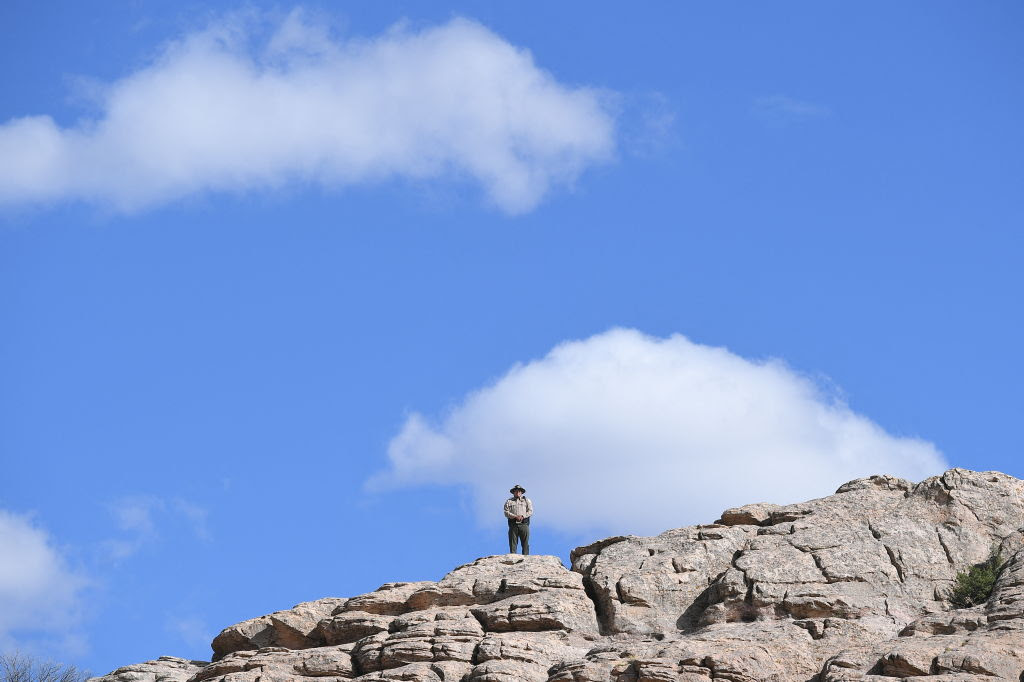“The federal government knew, from at least the early 1950s, of severely harmful health effects from uranium mining, but it kept that information from the Diné, as Navajo people call themselves.”
The wheels of justice can move exceedingly slowly, if at all, and it often depends on whether an aggrieved group has much political recognition or clout. Issues linked to mainstream religious freedom can speed their way to the Supreme Court’s shadow docket in record time, while religious and environmental justice issues for Native Americans can simmer on the system’s back burner for a lifetime.
The sprawling Navajo reservation, located in parts of Arizona, Utah, and New Mexico, is the largest and most populous Native American reservation, almost 28,000 square miles. Its Four Corners area (the three states plus Colorado) is rich in radioactive uranium ore. From 1944 to 1986, nearly four million tons of uranium ore were extracted from the reservation under leases with the Navajo Nation. Many Navajo worked the mines, often living and raising families close by.
The federal government knew, from at least the early 1950s, of severely harmful health effects from uranium mining, but it kept that information from the Diné, as Navajo people call themselves.
The Navajo Nation declared an end to uranium mining on their lands in 1986, but that was far from the end of the story. In the early 1990s, Hydro Resources Inc. (HRI) applied to the Nuclear Regulatory Commission (NRC) for a license to conduct uranium mining at four sites in the Navajo communities of Church Rock and Crownpoint, in northwest New Mexico. HRI intended to use a method of extraction called in-situ leaching (ISL) or in-situ recovery, the most relevant risk of which is contamination of groundwater. In 1994, Rita and Mitchell Capitan founded Eastern Navajo Diné Against Uranium Mining (ENDAUM) to fight the mining operation. Despite clear evidence of environmental contamination, including drinking water sources with elevated levels of radiation, the NRC approved HRI’s license in 1998.
The New Mexico Environmental Law Center (NMELC) represents ENDAUM, and together they have been fighting for compensation, cleanup, and ceasing further harm being done to Navajo communities from uranium mining proponents. There has been some success with the first two goals. But the third is still in flux, and the U.S. legal system has not been helpful.
Last week ENDAUM submitted a new ‘substantial evidence’ filing with the Inter-American Commission on Human Rights, a part of the Organization of American States, alleging the U.S. government and its NRC have violated their human rights by licensing uranium mines in their communities. The petition with the commission won’t necessarily offer ENDAUM legal recourse. But a favorable recommendation could help them in future legal proceedings against uranium mine projects. It’s a fight 70 years in the making — and counting. (Guardian, NCBI, NMELC, NM Political Report, NRC, EPA)

